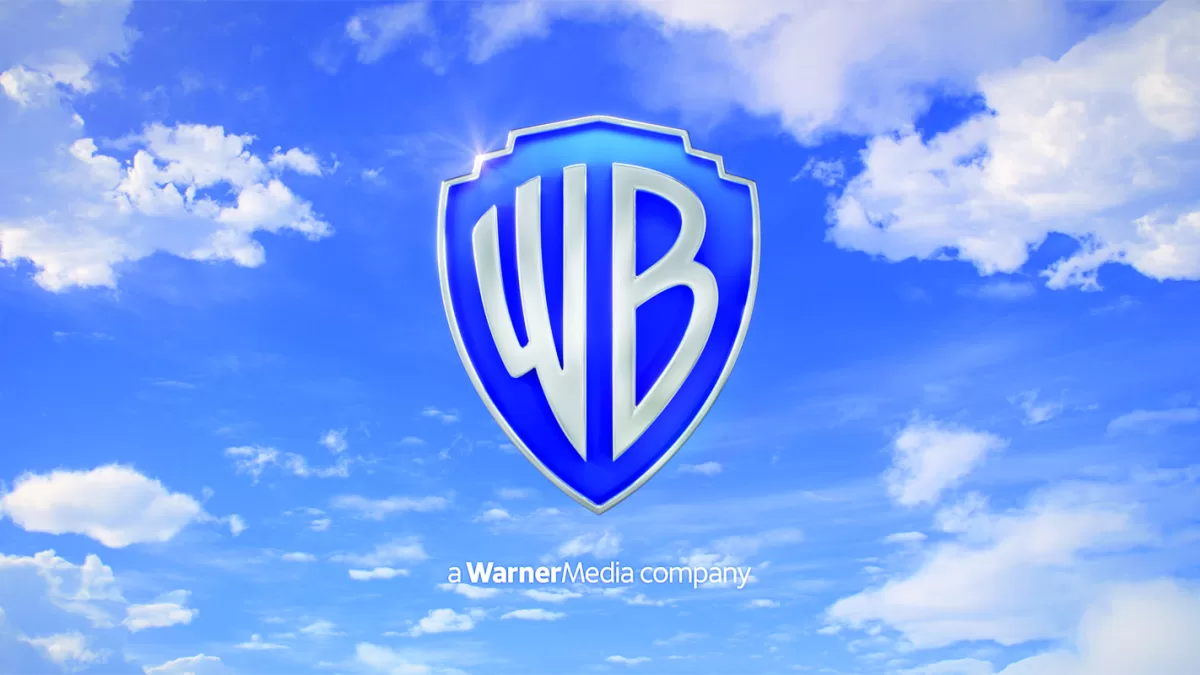The warm spotlight hits you, and with your face illuminated in its yellow glow you’re ready for your action moment. “Cut!” the director yells and the world shifts around you: production assistants jump into action, moving set pieces and carrying props away. Cameras shift and are adjusted by their handlers, while boom microphones are plucked out of the air above you. The ever-shifting and seemingly chaotic world of Hollywood is organized down to the line, and since the early 1920s, Warner Brothers Studios has produced world-class entertainment content.

Elizabeth Guldimann
Founded in 1923 by the four brothers Warner: Harry, Albert, Sam, and Jack, Warner Brothers Studios was certainly not the first southern California movie studio, but it was one of the most noteworthy, eventually turning out iconic pictures like Casablanca, Blazing Saddles, The Mask, Inception, and countless others. As a production company, Warner Brothers Studios quickly rose to fame, due in part to their early adoption of films with synchronized sound, or “talkies.” The technology was new and exciting, and Warner Brothers signed a contract with Western Electric to establish Vitaphone.
The venture wasn’t without risk: their first film with the new sound experience, Don Juan (1926), proved to be a loss for them, but they prevailed with their next release the subsequent year, The Jazz Singer (1927), which proved to be a phenomenal success. Tragically, Sam Warner, the brother who had led the effort to convince his brothers to adopt synchronized sound, died the night before the film’s premiere. The three remaining brothers continued producing films with the technology their brother had been so passionate about, and in 1928, the studio released The Lights of New York, their first all-talking film. Up until that point, talkies had primarily been accompanied by background music, sound effects, and singing.
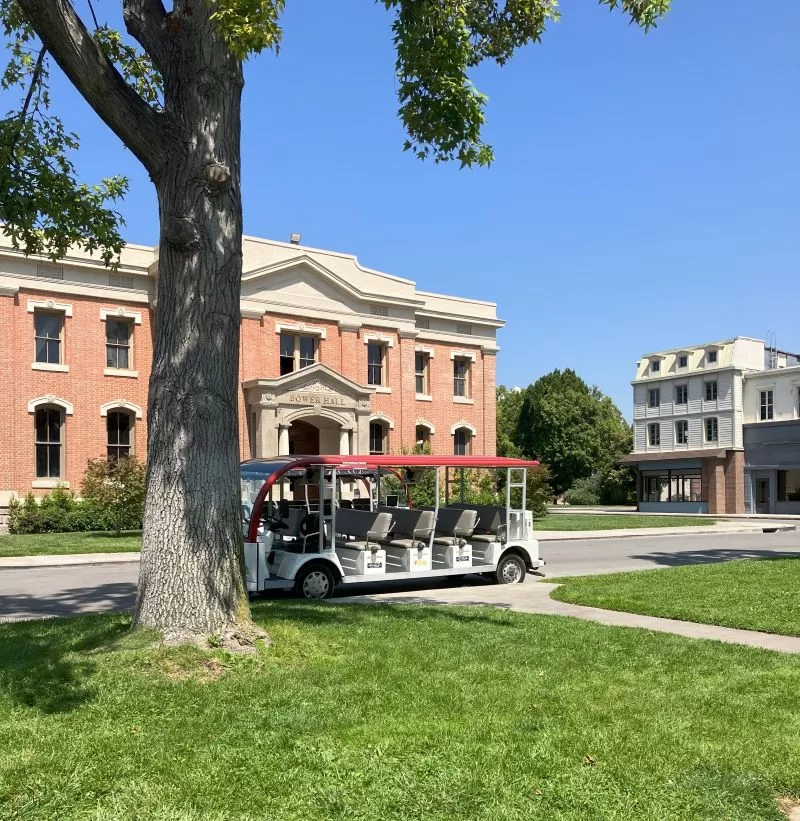
The late twenties continued to be profitable for the innovative Warners, with the 1929 release of On With The Show!, the first all-color, all-talking full-length feature film. The success of the studio’s early talkies buoyed Warner Brothers through the Great Depression, and enabled the studio to continue making films.
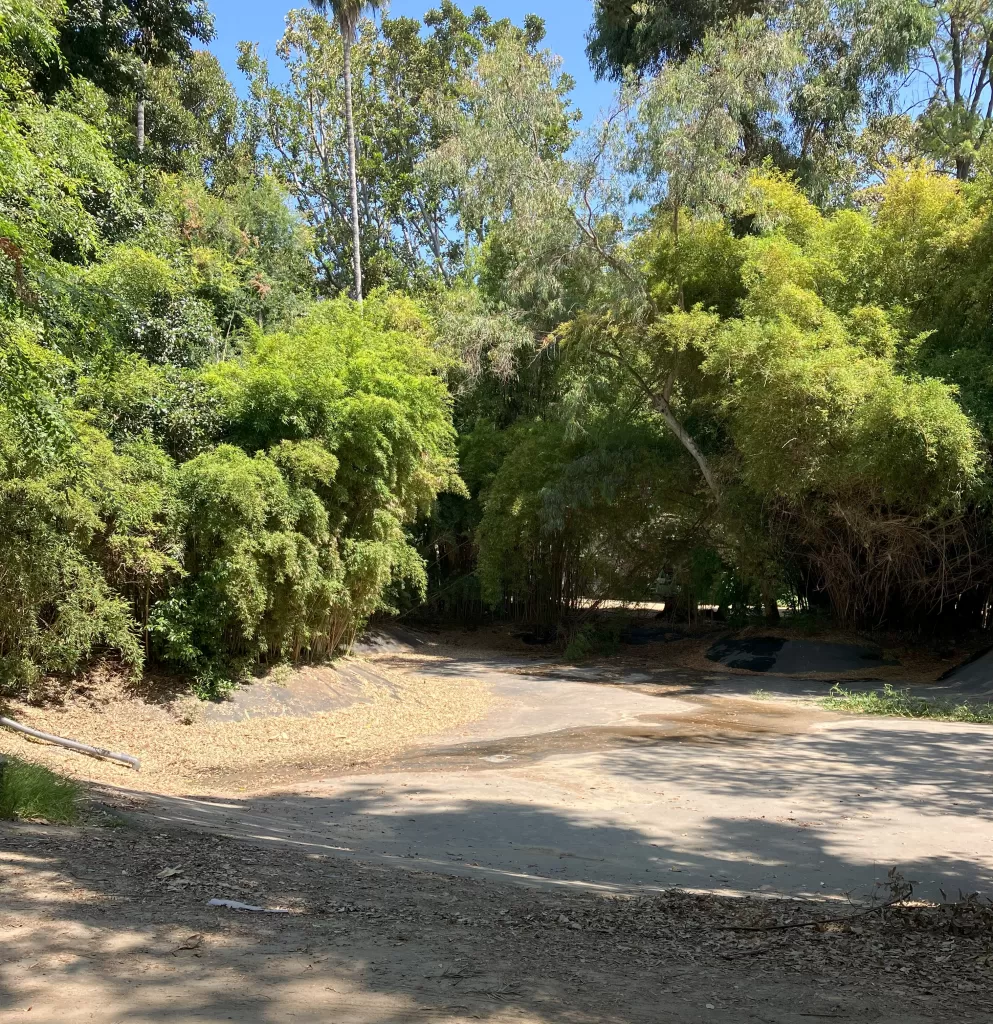
Especially notable on the Warner Brothers Studios Lot is the studio’s Stage 16, one of the largest sound stages in the world. It has been used to film many different projects requiring vast spaces, including the drag race scene from Rebel Without a Cause (1955), the ballroom scene from My Fair Lady (1964), the pirate ship scene from The Goonies (1985), and scenes from Jurassic Park (1993), among many others. The stage is ideal for projects requiring vast spaces and a high ceiling, and comes equipped with a 2,000,000 gallon water tank, as seen in The Perfect Storm (2000).
In more recent decades, the studio has turned the brunt of its on-site filming efforts towards television endeavors. Notable examples include Friends, Pretty Little Liars, Shameless, and The Big Bang Theory. The lot has both sound stages and physical outdoor sets, including a jungle-type set that can include a lagoon as seen in A Little Princess (1995), a Midwestern town, a suburban street, a street straight out of New York City, complete with a courthouse facade as seen in the 1966 Batman television show and numerous gangster movies. Fans will recognize the area directly off Midwest Street as the town square from both Gilmore Girls and Hart of Dixie.
Today, film buffs can visit the Warner Brothers Studios film lot, coming face-to-face with sets featured in iconic films and television shows. The experience includes a tour of the studios lot and an exhibit on costumes from award-winning films including Crazy Rich Asians (2018) and My Fair Lady, and sets from The Big Bang Theory. For fans of Friends, there is a stop at a Central Perk-themed cafe, with recreations of the show’s sets as seating areas. The tour also features a stop for a photo opportunity at the fountain from the show’s title sequence—also used in the film Hocus Pocus. Currently, the tour also features an exhibit called Action and Magic, showcasing content from Harry Potter and DC Comics.
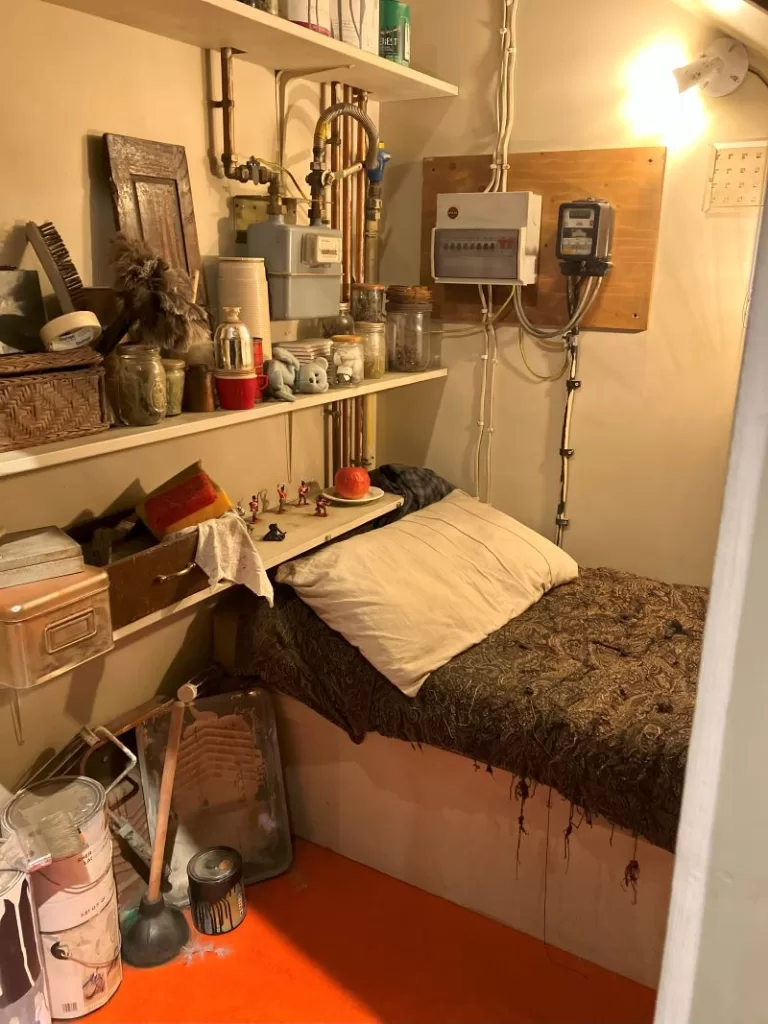
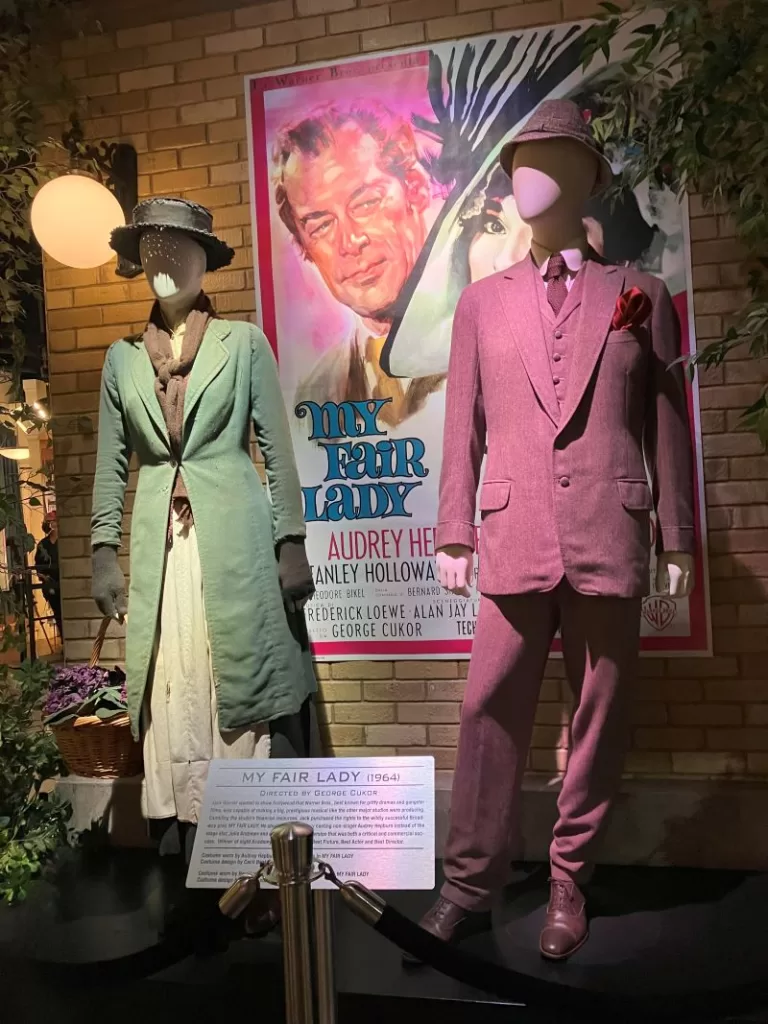
The ever-shifting and seemingly chaotic world of Hollywood is organized down to the line, and since the early 1920s, Warner Brothers Studios has produced world-class entertainment content. With their early contributions to sound technology, and their continuing contributions to the world of motion pictures, Warner Brothers Studios has cemented themselves as a mainstay in the entertainment industry. The Warner Brothers Studio is located in Burbank, and offers fans the opportunity to get behind the scenes of their favorite movies and television shows, and should not be missed for those interested in cinema history. Tickets for the experience can be purchased online at WBStudioTour.com.





